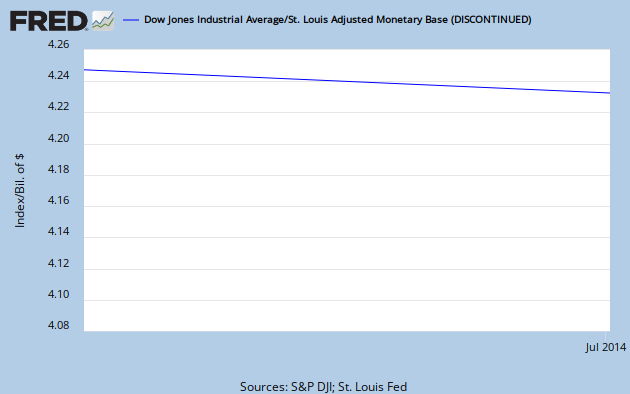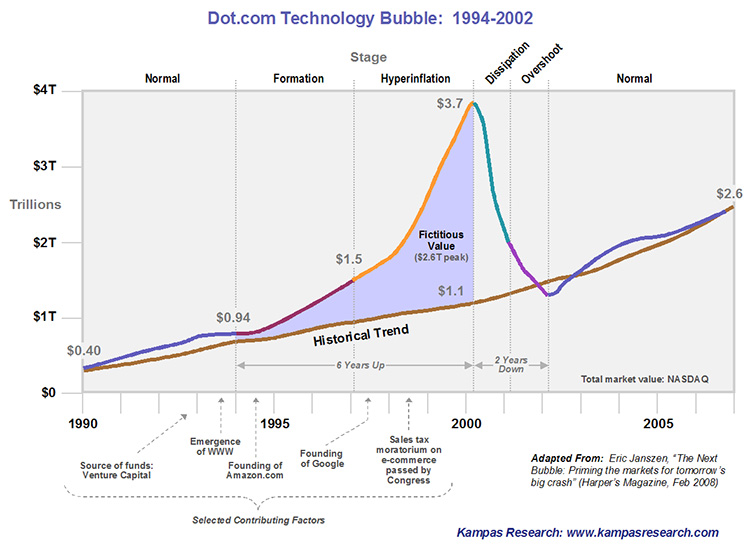When I shop for produce, I pay a price per pound or per item set by free-market dynamics: if the supply is high, then the price is low, and if the demand is high, the price is high. When I pay that price to the retailer, they then pay everyone "down the line" - the check-out person, the stock person, the distributor (who then pays their driver, warehouse staff, the freight company), etc. This happens all the way down to the farmer. The cost to me, the consumer, depends only on what I will pay, so if the combination of costs does not meet that price, then either the product does not get to market, someone loses money, or someone has to step in and subsidize the cost to keep the businesses afloat.
We would like to think that this brand of utopian market economics applies to everything we buy, including energy, but unfortunately it does not. Although the food market has issues of its own, the economics of energy prices at the retail level do not meet the ideal for three main reasons: externalities, manipulation, and subsidies. Subsidies have received much press over the past couple of years as clean energy solutions have garnered attention for their subsidies, environmental groups have shot back to denounce the subsidies to fossil fuels - a supposedly mature industry that should not need them. Additionally, market manipulation formed the center of the debate as Enron collapsed, and with the 40th anniversary of the Arab oil embargo happening this past month, we have much historical perspective on how energy companies can control the price in the market. Until recently, however, there has been only quiet discussion amongst advocates and policy experts around the issue of energy market externalities, and the best way to deal with them. Before getting into a discussion of how to solve the issue, a primer on the two major groups of externalities: direct and indirect.
Direct externalities
Direct externalities are measurable costs associated with the production of a commodity (or service) that are not paid by the seller of the commodity (or service) at any point in the supply chain. Consider the produce example mentioned previously. If the farmer did not pay anything for irrigation water necessary to grow the crops, the public authority (or even private landowner) who held the rights to that water would lose money. That loss accrues to the rights owner, and not the seller of the food product, thus the market for the food product does not reflect that cost. In the same way, energy companies do not pay for the full restoration of mining sites back to their original ecological condition. Although this gets wrapped up in a sort of "I own the land and can do what I want with it" argument, it furthers the point that once the work is done, the land has less value than it did to start. The energy company does not care because the value of the land upon completion of mining does not factor into their balance sheet. However, the local taxing body is left with an unusable piece of property that will cost significant capital to restore. The energy consumer never sees this cost, only the local members of the taxing district.
Indirect externalities
Indirect externalities have less assignable value relative to the actions of an actor in the supply chain of a commodity or service, but have a qualitative relationship to which we can assign a range of value. In the food product analogy, if the farmer grew their product in a monoculture environment and caused runoff that, when combined with other agricultural runoff and stormwater from major cities, contributes to the death of sea life in the Mississippi delta, then we know that the actions cause the problem, but we cannot precisely identify the individual farms culpability. In the energy market, this forms the largest piece of the unaccounted cost of fossil-fuel energy generation, and perhaps the most contentious. When we burn carbon-based fuels, we create myriad byproducts including carbon dioxide, carbon monoxide, sulfer and nitrous oxides, and fine particulate matter. In turn, all of these pollutants cause a range of harm to property and human health.
When we pay our cents per kiloWatt-hour charge for electricity or the dollars per million Btu charge for natural gas, we pay for the mining, transportation, and commodity costs, but we pay for almost none of the damage.* The "cost of carbon" (also known as the "
social cost of carbon") addresses this issue by identifying the costs of certain externalities, and scaling it as a cost per metric ton of carbon dioxide emitted. (Carbon dioxide, although a cause of many issues, does not create all of them, however, it is a straightforward way to measure emissions.) Currently, the cost of carbon used by the EPA includes:
- Changes in net agricultural productivity due to fossil-fuel emissions.
- Impact on human health.
- Property damage due to increased flood risk.
Although many other externalities exist (including restoration costs, impacts from non-flood related sea level change), these are the ones that have established science and for which estimates can be made. Based upon recently updated estimates, the social cost of carbon will be around 3.75 cents per kWh for coal electricity and about $2.1 per million Btu of natural gas. With today's electricity prices hovering around 4.0 cents per kWh and natural gas around $3.75 per million Btu, even this portion of the social cost of carbon creates quite a market distortion.
If those energy companies that use fossil-fuels as their basis had to pay the full cost of their product, they would sit at nearly double the current market rate, which would have some interesting consequences. At first glance, one might think that would just put them out of business, but it is not quite that simple. If the cost climbs above the market price, then those suppliers will leave the market rather than lose money. Without anyone else to take their place, the supply declines and forces prices higher. If prices climb to a point where they can again make money, then they will re-enter. The argument made by those opposing a price for carbon is that imposing that cost will raise energy prices. The free-market thinker would welcome this - if the cost is verifiable and justifiable - as it would provide the correct incentive for innovation. Although some near-term shock could happen (which should be managed by smart policy), the long-term result is that a consumer will have the right information about the cost of energy, and will make rational decisions accordingly. Also, as the price for energy generated renewably continues to drop, the price of energy will drop as well as renewables take larger market share.
Most environmentalists would welcome a smart marketplace that fully accounted for the costs of each energy source. We have seen government-imposed programs come and go, with little traction. Only as research developed improved technology, and inventors have brought those ideas to market, have we seen sustainable shifts in the market for renewable energy. The last hurdle is pricing carbon - preferably through a carbon tax, but alternatively through cap-and-trade - so that the marketplace has all the costs in front of the consumer. Only then will we really know which energy source is the most economical. Until then, all economic arguments against renewables accept that we do not have or want a free market in energy.
















